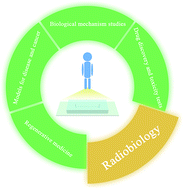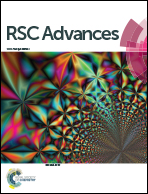Organ-on-a-chip: the next generation platform for risk assessment of radiobiology
Abstract
Organ-on-a-chip devices have been widely used in biomedical science and technology, for example for experimental regenerative medicine and precision healthcare. The main advantage of organ-on-a-chip technology is the facility to build a specific human model that has functional responses on the level of organs or tissues, thereby avoiding the use of animal models, as well as greatly improving new drug discovery processes for personal healthcare. An emerging application domain for organs-on-chips is the study of internal irradiation for humans, which faces the challenges of the lack of a clear model for risk estimation of internal irradiation. We believe that radiobiology studies will benefit from organ-on-a-chip technology by building specific human organ/tissues in vitro. In this paper, we briefly reviewed the state-of-the-art in organ-on-a-chip research in different domains, and conclude with the challenges of radiobiology studies at internal low-dose irradiation. Organ-on-a-chip technology has the potential to significantly improve the radiobiology study as it can mimic the function of human organs or tissues, and here we summarize its potential benefits and possible breakthrough areas, as well as its limitations in internal low-dose radiation studies.

- This article is part of the themed collection: 2020 Reviews in RSC Advances


 Please wait while we load your content...
Please wait while we load your content...